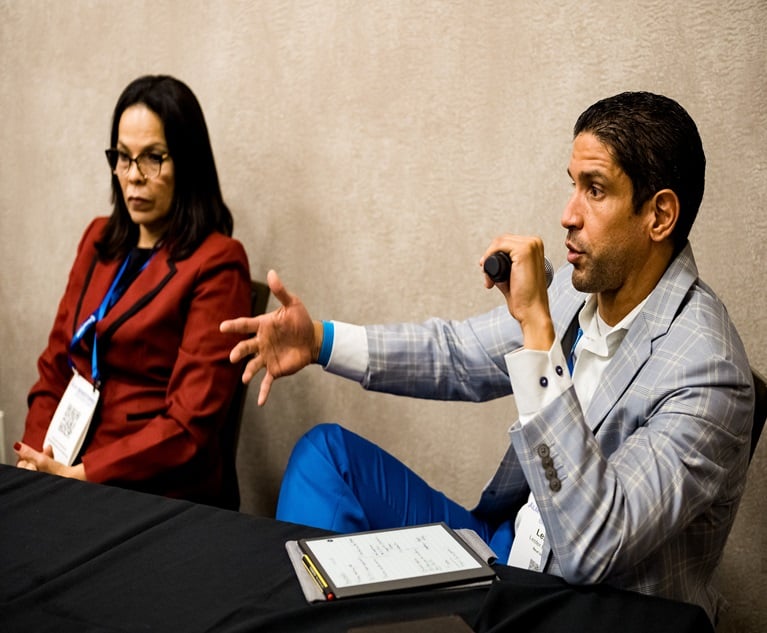It happened again.
|I accepted a LinkedIn invitation from someone I didn’t know,sent a personal response to greet my new connection, andimmediately received a cold calling message from someone lookingonly for lead generation:
|I’d love to talk and hear about you, what’s happening inyour business and how you think I can contribute to your success.In fact, after looking at your profile I would like to loop in ourVP of Marketing, (Name), and invite you to our free strategy callfor lead generation and list building. He is one of the best in thecountry when it comes to marketing strategies. We will get to knoweach other and I promise to share at least 4-5 new strategies thatyou could utilize in your business right away to get consistentflow of targeted leads. Here is the calendar link: By the way, whatwould be a good # to reach you at?
|But that’s not all. Two days later, I got another message fromthe same person:
|Thanks for accepting my invitation. I’ll be sure to checkout your profile in more detail now that we are connected. I’vefound that talking offline is a great way to obtain deeperconnections with my network, and deliver even more value. After youcheck out my video, let me know a good time for a 5-10 minutechat.
|Really? Why would I do anything he asks — attend a strategycall, watch his video, talk to him offline or give him my phonenumber?
|Cold calling on social media
Obviously this seller’s response is automated, or at least“canned.” If he’d actually read my profile, hewould know that buying lists goes against everything my businessstands for, that my lead generation strategy is asking forreferrals, and that my phone number is on my LinkedIn profile.
Like so many salespeople, he’s just clicking buttons and bankingon “return on clicks.” It’s exactly the same as telemarketers andtheir cold calling blitzes. If you make 100 dials,you’ll get 10 people on the phone, schedule a few appointments, andmaybe (if you’re lucky) close one deal. Where’s the relationship?Where’s the connection? Where’s the return?
|This is not social selling. It’s social stalking.
|Related: How to build a LinkedIn profile thatsells
|Continue reading...
||Stop the madness
Sales reps abuse social media to the extent that I typically deletemore LinkedIn invitations than I accept. (No, I’m not a snob; Ijust don’t have time for cold calling nonsense.) They invite personafter person to connect using the same old standardinvitation, and then immediately blast sales pitches to anyone whoaccepts.
This bad behavior is not entirely the reps’ fault. Sales leadersunderstand that relationships drive sales; yet they measure theirteams on the number of connections accumulated, dials made andemails sent.
|The problem: Just because someone agrees to connect on socialmedia does not make that person a qualified sales lead.Qualified prospects are actually interested in your product orsolution. They want and expect to hear from yoursalespeople. Otherwise, sales reps are simply cold calling onsocial media, which is both annoying and ineffective.
|Social selling only works if you’reactually social, not selling something. No pitching.No inviting people to connect with you on LinkedIn and immediatelyfollowing up with a sales pitch. And no spamming people justbecause you belong to the same LinkedIn group. You might as well bedressed as a giant pizza slice, screaming your sales offering atrandom strangers leaving a conference for the lactose intolerant.That’s not selling. That’s obnoxious.
|Your No. 1 lead generation social tool
The best way to get a qualified sales lead is to receive a referralintroduction from someone your prospect knows and trusts. When repshave that kind of “in,” they don’t have to mess with cold callingon social media. Yes, sales reps should use social media toresearch prospects and learn how they’re connected to the prospectsthey want to meet. But the next step is to pick up the damn phoneand ask their connections for referral introductions.
Here’s how asking for referrals works:
- The rep asks a colleague or client (the referral source) for anintroduction to an ideal prospect.
- The referral source talks to the sales prospect and getsagreement to meet with the rep.
- The referral source introduces the two of them by email orphone, or in person.
- The rep thanks the referral source and schedules a time to talkto the sales prospect.
- The rep reaches out to the sales prospect, and he answers thephone because he actually expects the call.
Without the personal introduction, the rep is cold calling.Period.
|Related:
|5 things never to do at a networkingevent
|How to find high-quality prospects withFacebook and LinkedIn ads
|Want to continue reading?
Become a Free PropertyCasualty360 Digital Reader
Your access to unlimited PropertyCasualty360 content isn’t changing.
Once you are an ALM digital member, you’ll receive:
- All PropertyCasualty360.com news coverage, best practices, and in-depth analysis.
- Educational webcasts, resources from industry leaders, and informative newsletters.
- Other award-winning websites including BenefitsPRO.com and ThinkAdvisor.com.
Already have an account? Sign In
© 2024 ALM Global, LLC, All Rights Reserved. Request academic re-use from www.copyright.com. All other uses, submit a request to [email protected]. For more information visit Asset & Logo Licensing.








